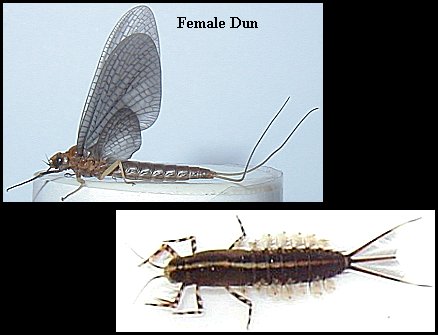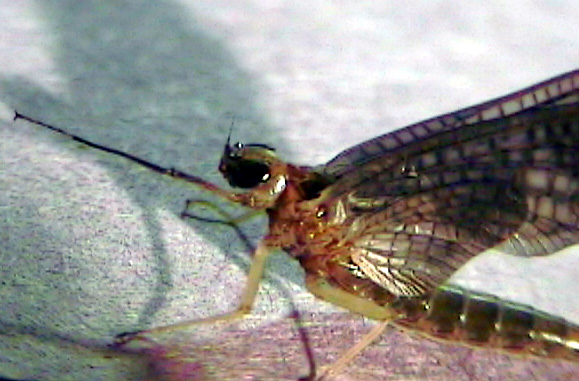<table style="width: 1039pt; border-collapse: collapse;" border="0" cellpadding="0" cellspacing="0" width="1382"><colgroup><col style="width: 98pt;" width="130"><col style="width: 80pt;" width="106"><col style="width: 72pt;" width="96"><col style="width: 172pt;" width="229"><col style="width: 17pt;" width="22"><col style="width: 199pt;" width="265"><col style="width: 188pt;" width="250"><col style="width: 213pt;" width="284"></colgroup><tbody><tr style="height: 12.75pt;" height="17"><td style="border: medium none rgb(236, 233, 216); width: 98pt; height: 12.75pt; background-color: transparent;" height="17" width="130">LEPTOPHLEBIIDAE</td><td style="border: medium none rgb(236, 233, 216); width: 80pt; background-color: transparent;" width="106">Leptophlebia</td><td style="border: medium none rgb(236, 233, 216); width: 72pt; background-color: transparent;" width="96">nebulosa
</td><td style="border: medium none rgb(236, 233, 216); width: 172pt; background-color: transparent;" width="229">
</td><td style="border: medium none rgb(236, 233, 216); width: 17pt; background-color: transparent;" width="22">
</td><td style="border: medium none rgb(236, 233, 216); width: 199pt; background-color: transparent;" width="265">
</td><td style="border: medium none rgb(236, 233, 216); width: 188pt; background-color: transparent;" width="250">
</td><td style="border: medium none rgb(236, 233, 216); width: 213pt; background-color: transparent;" width="284">
</td></tr></tbody></table>






